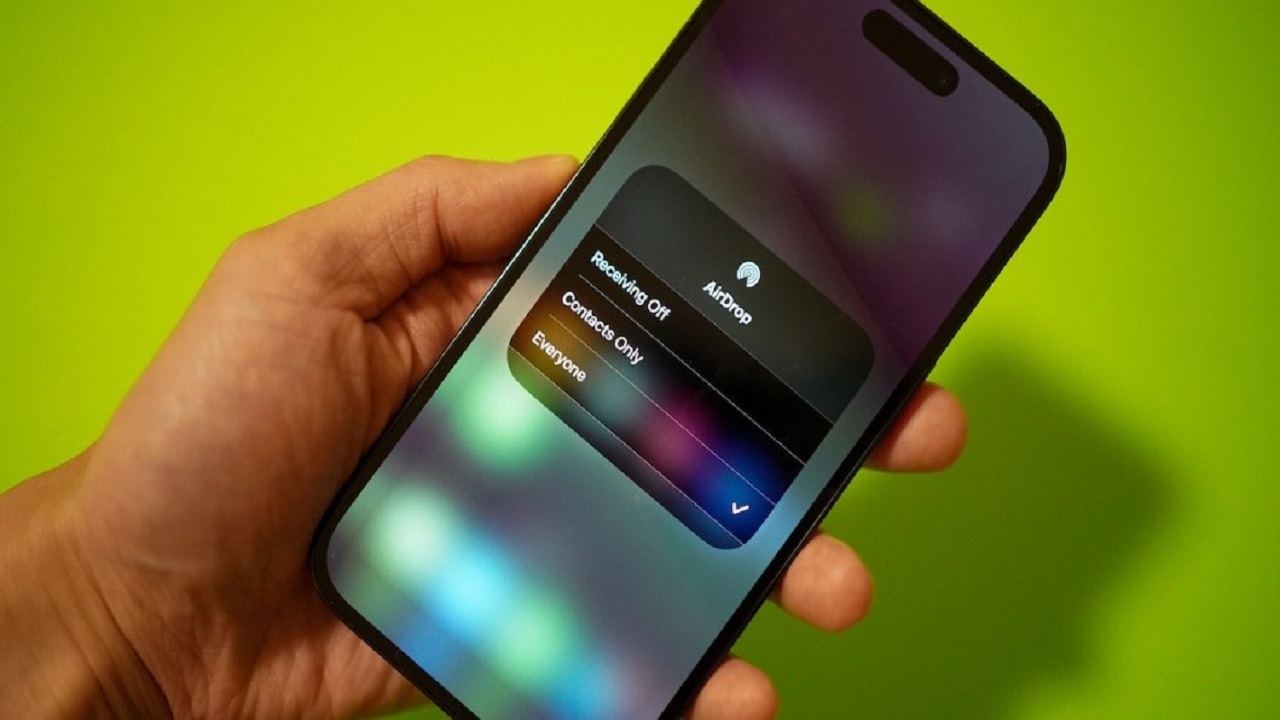the terms “AirDrop” and “Bluetooth” often surface in discussions about wireless connectivity. Telideas serves as your beacon of clarity, unraveling the mysteries surrounding wireless connectivity tools like AirDrop and Bluetooth. Users seek clarity on whether, is airdrop bluetooth or just a fancier term for Bluetooth, or if they serve distinct purposes. Let’s delve into the intricacies of airdrop technologies to demystify its functionalities.
Apple’s AirDrop: More than Just Bluetooth
To apprehend the disparities between AirDrop and Bluetooth, one must first understand what Apple’s AirDrop is and how it functions. AirDrop, an intrinsic function in iOS and macOS, makes seamless data sharing possible between devices connected with the same Wi-Fi network. Users can easily exchange photos, videos, and locations with devices located approximately 30 ft apart.
How does AirDrop Work?
Turned on through the control center on iPhones and iPads, AirDrop needs users to have Wi-Fi and Bluetooth enabled. Sharing content includes selecting AirDrop from the list of options after clicking on the share button. Users then choose the recipient’s AirDrop name, who receives a preview of the content and decides whether to accept or decline it.
On Mac computers, the process differs slightly, with users accessing AirDrop through the Finder, Share menu, or Open and Save windows. Files can be shared by simply dragging and dropping them onto the recipient’s device icon.
Cross-Device Data Transfer
Originally restricted to transferring data between like gadgets (from one iOS device to another), AirDrop has advanced. Users can now seamlessly transfer any data between iOS gadgets and macOS devices, blurring the lines between cellular and desktop systems.
Is AirDrop the New Bluetooth? Decoding the Distinctions
As we navigate the realms of wireless connectivity, the question lingers: Is AirDrop the contemporary equivalent of Bluetooth? While both technologies facilitate data transfer between devices, they operate on different principles and serve distinct purposes.
Bluetooth: The Universal Connector
Bluetooth, an extensively adopted tech, serves as a regular connector for numerous gadgets, no longer restrained to the Apple devices. It permits the wireless exchange of data among devices in proximity, making it a staple inside the connectivity capabilities of smartphones, laptops, and other different devices.
AirDrop: Tailored for Apple Ecosystem
On the other hand, AirDrop is an Apple centric function made for seamless data exchange within the Apple devices only. Its integration into iOS and macOS escalates user experience, offering a swift and efficient way to share content among Apple devices.
A Managed Approach to Apple’s AirDrop
While AirDrop enhances user convenience, it’s essential to address potential security concerns, especially in a business or managed environment. Unmanaged AirDrop usage could lead to the unintentional leakage of sensitive or proprietary data. IT administrators can exert control over AirDrop usage on managed Apple devices through tools like Apple Business Essentials or third-party mobile device management (MDM) solutions.
Conclusion
In conclusion, while both AirDrop and Bluetooth contribute to wireless connectivity, they cater to different needs. Bluetooth remains a versatile, cross-platform technology, while AirDrop excels in providing Apple users with a specialized, seamless sharing experience.
To embark on a journey of elevated wireless connectivity, turn to Telideas for expert insights. From mastering AirDrop to deciphering Bluetooth’s universal charm, Telideas empowers users to navigate the intricacies of wireless data exchange. Elevate your device interactions with Telideas, where connectivity meets expertise in the pursuit of seamless digital experiences.
